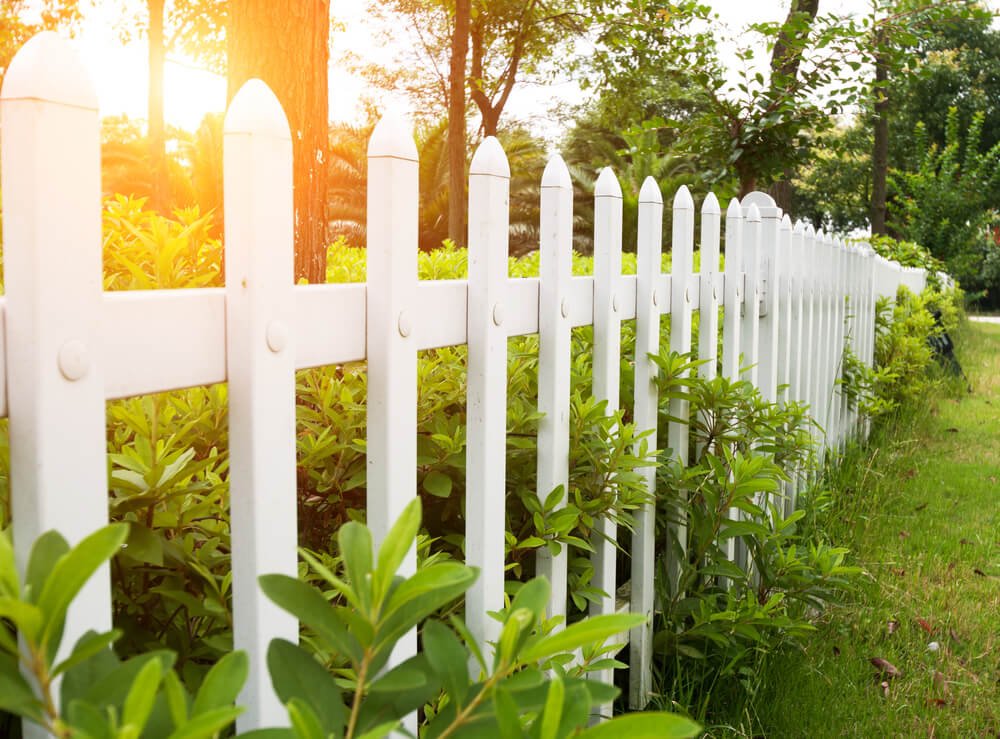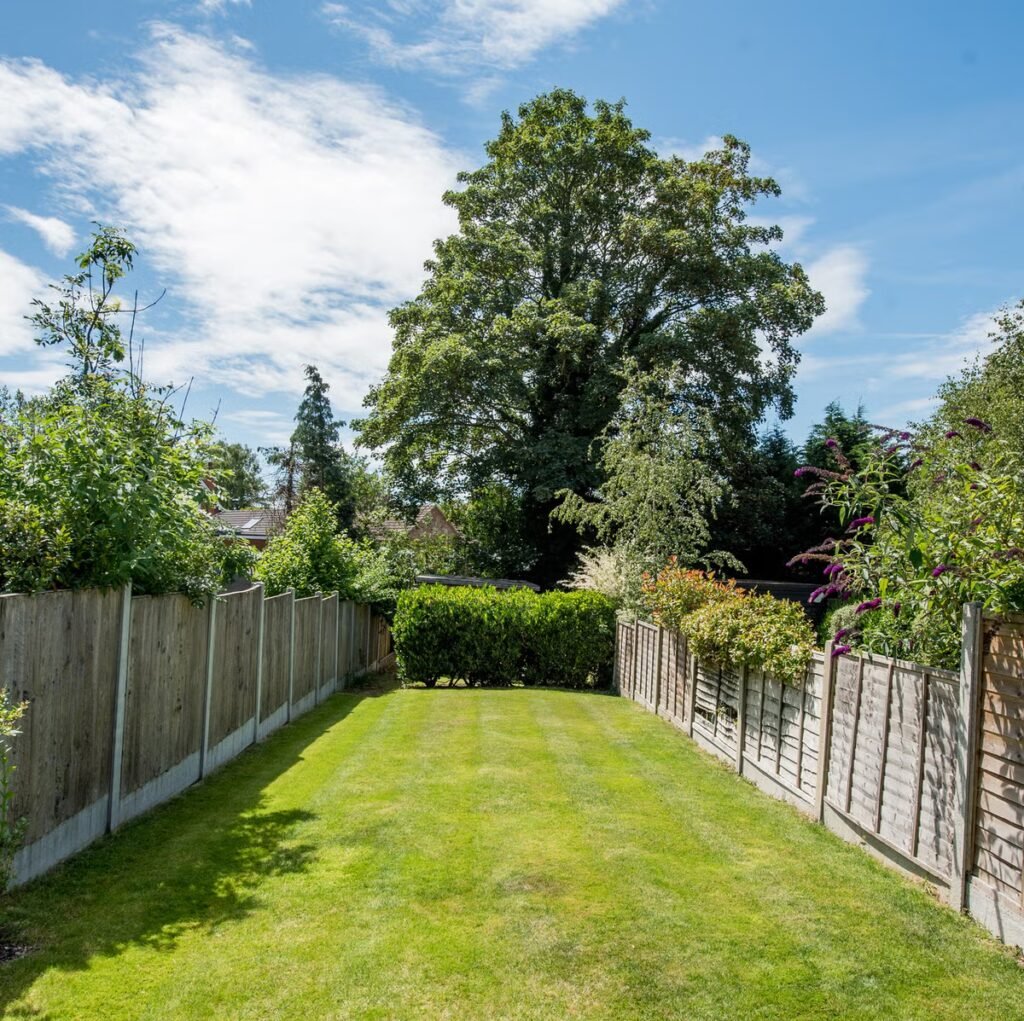In an ideal world, neighboring gardens would be sources of mutual inspiration and beauty. But in real life, overzealous vines, sprawling tree roots, invasive plants, and creeping garden beds can often cross property lines—uninvited. When your neighbor’s garden starts to invade your yard, the situation can become more than a landscaping issue—it can turn into a test of diplomacy, patience, and neighborhood harmony.
So how should you respond when someone else’s roses, bamboo, ivy, or tomato plants start making themselves at home in your space? This article explores not only what to say when a neighbor’s garden invades yours, but also how to say it, while covering practical, legal, and relationship-saving strategies for resolving garden encroachment issues respectfully and effectively.
1. Identifying the Problem: What Counts as a Garden Invasion?

Before starting a conversation, it’s important to be clear about what type of garden encroachment you’re dealing with. Common examples include:
- Overhanging branches dropping fruit or leaves into your yard
- Roots damaging your fence, patio, or pipes
- Vines or invasive plants spreading across the boundary
- Raised garden beds or trellises built past the property line
- Pesticide or fertilizer runoff affecting your plants or soil
- Trees or hedges blocking light or views
Determining whether the intrusion is minor (e.g., some morning glory creeping over the fence) or serious (e.g., roots causing structural damage) will shape your next steps and tone of conversation.
2. The Importance of Communication Over Confrontation

The most effective way to resolve garden encroachment issues is through polite, face-to-face communication. The goal isn’t just to fix the physical problem—it’s to preserve a positive relationship with your neighbor.
Start With a Friendly Tone
Begin with a light, friendly approach to reduce tension.
What to say:
“Hi [Neighbor’s Name], I’ve noticed that some of your garden plants are starting to cross over into my yard. I love how your garden looks—would you mind if we found a way to keep the boundary a bit clearer?”
This approach acknowledges the neighbor’s efforts, expresses your concern, and invites cooperation rather than conflict.
3. Be Specific, But Not Accusatory

It’s important to focus on the facts rather than making assumptions or accusations.
What to avoid:
- “You’ve let your garden get completely out of control.”
- “Your roots are destroying my fence. This is your fault.”
Instead, say:
“I’ve noticed that some roots or vines from your garden have reached into my yard and are starting to interfere with my landscaping. I wanted to check in with you about how we can manage it together.”
This keeps the conversation solution-focused and avoids putting the other person on the defensive.
4. Offer Collaborative Solutions

Instead of simply presenting a problem, offer possible ways to fix it together.
What to say:
“Would you be okay with me trimming the vines that are coming over the fence? I’d be happy to do it on my side, or we can figure out the best way together.”
“Do you mind if we install a root barrier or garden edging to stop the plants from crossing over?”
Showing a willingness to collaborate shows respect for their property and encourages a positive outcome.
5. Set Clear, Friendly Boundaries
If the issue persists or your neighbor is unresponsive, you may need to be more direct—while still being courteous.
What to say:
“I really value having good neighbors, and I’m hoping we can find a respectful solution. I’m happy to maintain my side of the property, but I do need to protect it from damage and invasive plants.”
You can also reference your property line gently:
“According to the property line, the fence marks where our yards divide. I’d like to make sure we’re both clear on that, just so we’re not working at cross-purposes.”
6. Document the Encroachment (If Needed)

If you’re dealing with repeated invasions or potential damage to your yard, it may become necessary to document the issue.
Steps to take:
- Photograph the encroachment regularly.
- Note dates when you spoke with your neighbor.
- Keep copies of written communication (texts, emails, or letters).
You don’t need to mention this documentation immediately—but having it helps if things escalate or legal intervention becomes necessary.
7. Know Your Legal Rights
Laws regarding garden encroachment vary by region, but in general:
- You have the right to trim overhanging branches and roots that extend onto your property, so long as you don’t kill or severely damage the plant.
- You cannot trespass or destroy your neighbor’s property.
- If the encroachment causes real damage (to fences, foundations, drainage systems, etc.), you may be entitled to compensation or mediation.
If the issue escalates, you can politely mention your rights:
What to say:
“I looked into it, and it seems I’m allowed to cut back any parts that enter my yard, as long as I do it from my side. I’ll make sure to be careful and respectful.”
If legal action becomes necessary (e.g., when a neighbor refuses to remove a dangerous tree or structure), consult with a property attorney or local mediation service before proceeding.
8. Use Written Communication (If Face-to-Face Fails)
If in-person discussions don’t work, a written note or email can help reinforce your message.
Sample letter:
Dear [Neighbor’s Name],
I hope you’re doing well. I wanted to follow up on a concern about some plants from your garden that are encroaching into my yard. I’d love to work together to find a way to manage the boundary and keep both of our gardens looking great. Please let me know what you think.
Best regards,
[Your Name]
Written messages give you a chance to be clear, calm, and professional—and create a paper trail if needed.
9. Install Barriers or Landscape Adjustments
If your neighbor is unwilling or unable to cooperate, you can take steps to physically block garden invasion:
Options include:
- Installing root barriers underground
- Adding garden edging or fencing
- Planting dense hedges or ground covers that resist invasion
- Using gravel or mulch buffer zones to discourage growth
These methods allow you to maintain your property without relying entirely on your neighbor’s actions.
10. Mediation or Involving Authorities (As a Last Resort)
If all else fails and your neighbor’s garden continues to cause damage, you may need to:
- Request community mediation (often free via your local government or HOA)
- Contact code enforcement, especially if there are safety issues or violations
- Consult a lawyer about property damage or boundary disputes
What to say (in a final warning):
“I’d really prefer to resolve this between us, but if we can’t, I may need to get some advice from the local mediation service to figure out the next steps.”
Use this option only after you’ve tried every other route—it should be your last resort.
Conclusion: Tact and Timing Are Everything
When a neighbor’s garden crosses into your territory, the best response is a mix of firm boundary-setting and respectful communication. A few stray vines may seem small, but unresolved issues can escalate quickly if not handled tactfully.
By keeping your tone calm, your facts clear, and your approach solution-focused, you can address the issue without harming your neighborly relationship. In fact, handling the situation well may even improve mutual respect and cooperation—ensuring that both your gardens can flourish in peace.
